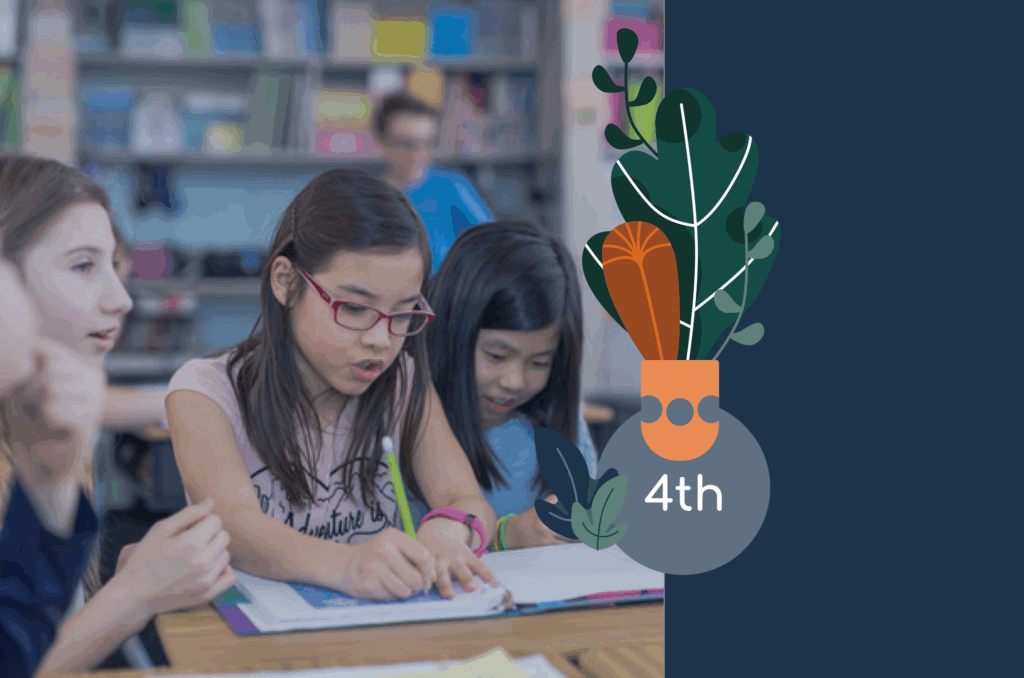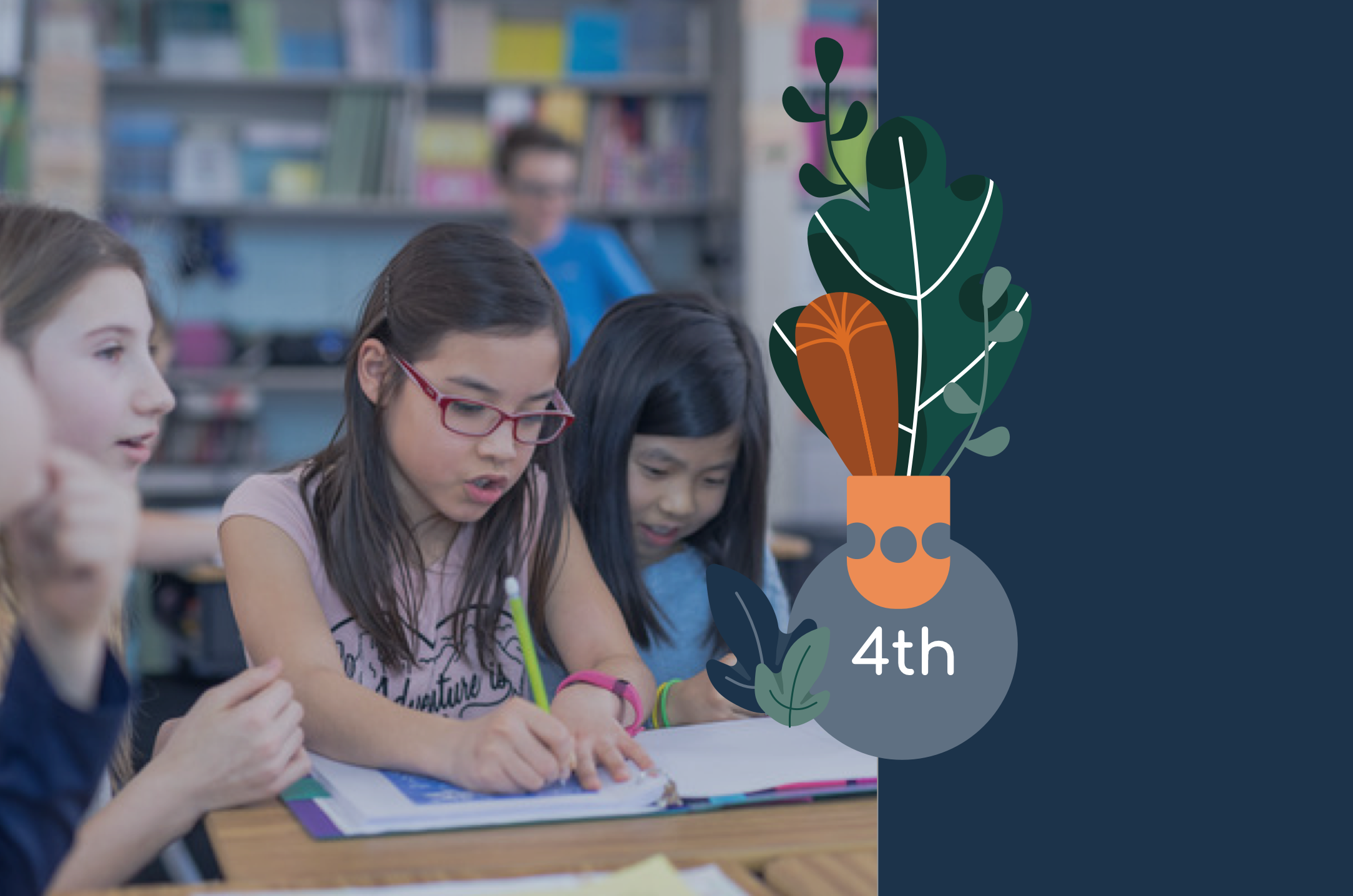
Decoding the World of 4th Graders: Understanding the Average Age and Developmental Milestones
Fourth grade is a pivotal year in a child’s educational journey. It’s a time of significant academic and social growth. Understanding the typical 4th graders age and the developmental milestones associated with it can provide valuable insights for parents, educators, and anyone involved in shaping these young minds. This article aims to delve into the world of 4th graders age, exploring what to expect academically, socially, and emotionally.
The Average Age of a 4th Grader
Generally, children enter the fourth grade around the age of 9 and turn 10 during the school year. The typical 4th graders age range falls between 9 and 10 years old. However, it’s crucial to remember that this is just an average. Factors such as birth date, school district policies, and individual developmental timelines can influence when a child starts and progresses through the grades. Some students may be slightly younger or older than the average 4th graders age.
Academic Expectations for 4th Graders
Fourth grade marks a transition towards more complex academic concepts. Students are expected to build upon the foundational skills learned in earlier grades and apply them to more challenging tasks. Here’s a breakdown of the key academic areas:
Reading and Language Arts
Reading comprehension becomes increasingly important in fourth grade. Students are expected to read longer and more complex texts, analyze characters and plotlines, and draw inferences. They should be able to identify the main idea, supporting details, and author’s purpose. Vocabulary expands significantly, and students learn to use context clues to understand unfamiliar words. Writing skills also develop, with an emphasis on writing clear and organized paragraphs and essays. Grammar and punctuation rules are reinforced, and students are encouraged to use a variety of sentence structures.
They are also introduced to different genres of writing, such as narrative, informative, and persuasive writing. Students begin to understand the importance of audience and purpose in their writing.
Mathematics
Fourth-grade math focuses on building a strong understanding of fractions, decimals, and multiplication. Students learn to perform multi-digit multiplication and division, solve word problems involving these operations, and understand the relationship between fractions and decimals. They also work with geometry concepts, such as area, perimeter, and angles. Measurement skills are further developed, including converting between different units of measurement.
Problem-solving skills are emphasized, encouraging students to apply their mathematical knowledge to real-world situations. [See also: Math Strategies for Elementary Students]
Science
Science in fourth grade often covers topics such as ecosystems, the human body, and physical science concepts like energy and motion. Students learn about the scientific method, conducting experiments and collecting data. They are encouraged to ask questions, make observations, and draw conclusions based on evidence. Fourth graders are also introduced to scientific vocabulary and learn how to communicate their findings effectively.
Social Studies
Fourth-grade social studies often focuses on state history, geography, and civics. Students learn about the history and culture of their state, as well as its geographical features and resources. They also study the structure of government and the rights and responsibilities of citizens. Map skills are further developed, and students learn to interpret maps and globes.
Social and Emotional Development of a 4th Grader
Beyond academics, the social and emotional development of 4th graders age is equally important. This is a time when children are becoming more aware of themselves and their relationships with others. Peer relationships become increasingly significant, and children begin to navigate the complexities of social interactions.
Social Skills
4th graders age are developing more sophisticated social skills. They are learning to cooperate with others, resolve conflicts peacefully, and empathize with different perspectives. They are also becoming more aware of social norms and expectations. Learning to navigate friendships, deal with peer pressure, and manage emotions are all important aspects of social development at this age. Teachers often incorporate group projects and activities that promote teamwork and communication.
Emotional Development
Emotionally, 4th graders age are becoming more independent and self-aware. They are developing a stronger sense of identity and are beginning to understand their own strengths and weaknesses. They may also experience a wider range of emotions, including frustration, anxiety, and sadness. Learning to manage these emotions in a healthy way is crucial for their overall well-being. Parents and educators can support emotional development by providing a safe and supportive environment where children feel comfortable expressing their feelings.
Physical Development and Health Considerations for 4th Graders
Physical development continues at a steady pace during the fourth grade. Children are becoming more coordinated and agile. They are also developing a greater awareness of their bodies and their health.
Physical Activity
Encouraging physical activity is essential for the health and well-being of 4th graders age. Regular exercise helps to improve cardiovascular health, strengthen bones and muscles, and maintain a healthy weight. It also has positive effects on mental health, reducing stress and improving mood. [See also: Benefits of Outdoor Play for Children] Activities such as sports, dance, and outdoor play are all excellent ways for 4th graders age to stay active.
Health Considerations
Maintaining a healthy diet is also crucial for 4th graders age. They need a balanced diet that includes plenty of fruits, vegetables, whole grains, and lean protein. Limiting sugary drinks and processed foods is important for preventing obesity and other health problems. Regular check-ups with a doctor and dentist are also essential for monitoring their overall health and addressing any potential issues early on. Addressing issues like vision problems, learning disabilities, or any developmental delays is crucial during this stage.
Supporting 4th Graders: Tips for Parents and Educators
Parents and educators play a vital role in supporting the academic, social, and emotional development of 4th graders age. Here are some tips for creating a positive and supportive learning environment:
- Communicate Regularly: Stay in touch with your child’s teacher to discuss their progress and any concerns you may have.
- Provide a Supportive Home Environment: Create a home environment that is conducive to learning, with a quiet space for homework and plenty of opportunities for reading and exploration.
- Encourage Reading: Make reading a fun and enjoyable activity. Read aloud to your child, and encourage them to read independently.
- Promote Problem-Solving Skills: Encourage your child to solve problems independently, both academically and socially.
- Foster Social Skills: Provide opportunities for your child to interact with peers and develop their social skills.
- Support Emotional Development: Help your child understand and manage their emotions in a healthy way.
- Encourage Physical Activity: Make sure your child gets plenty of physical activity each day.
- Promote Healthy Eating Habits: Help your child develop healthy eating habits by providing nutritious meals and snacks.
Addressing Challenges Faced by 4th Graders
While fourth grade is a time of growth and development, it can also present some challenges for students. Some common challenges include:
- Academic Pressure: The increased academic demands of fourth grade can be stressful for some students.
- Social Issues: Navigating peer relationships and dealing with peer pressure can be challenging.
- Learning Difficulties: Some students may struggle with specific learning difficulties, such as dyslexia or ADHD.
- Emotional Issues: Some students may experience emotional issues, such as anxiety or depression.
It is important to be aware of these potential challenges and to provide support and resources to students who are struggling. Early intervention can make a significant difference in helping students overcome these challenges and succeed in fourth grade and beyond.
Conclusion
Understanding the average 4th graders age, the developmental milestones associated with it, and the potential challenges they may face is essential for parents and educators. By providing a supportive and stimulating learning environment, we can help 4th graders age reach their full potential and thrive academically, socially, and emotionally. Remember that every child develops at their own pace, and it’s important to celebrate their individual strengths and talents. By focusing on their overall well-being and providing the necessary support, we can help 4th graders age have a positive and successful school year.

